
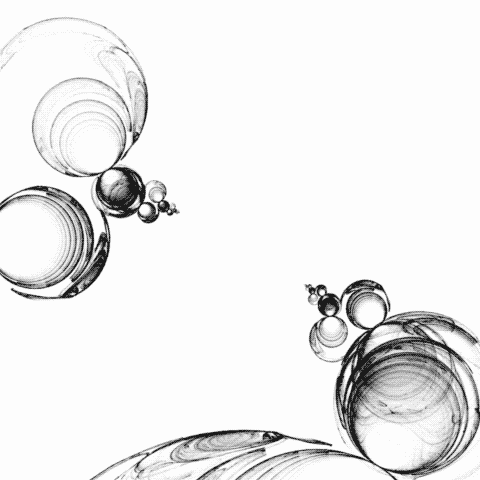
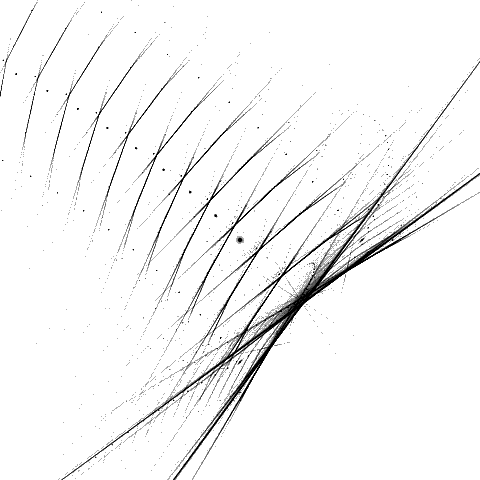


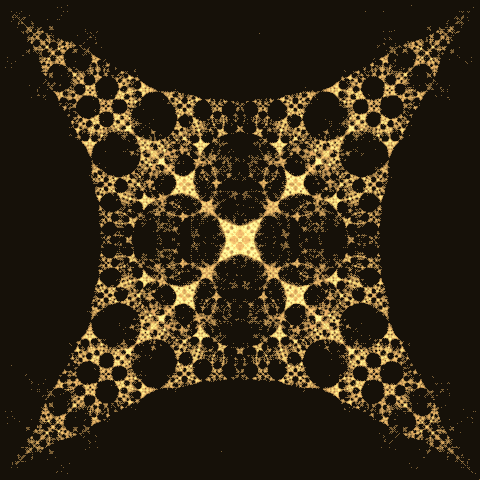
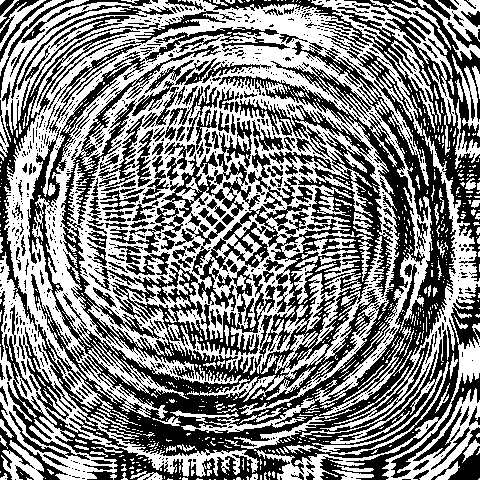
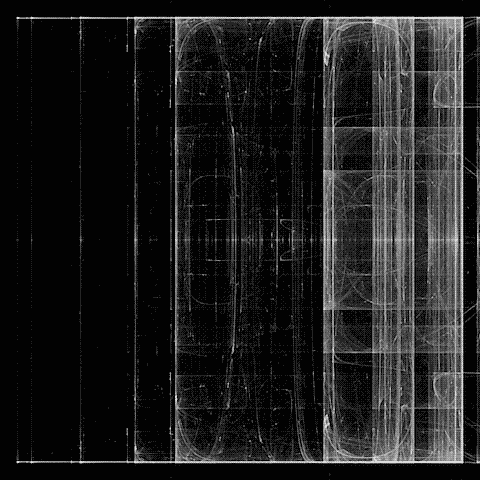
crssanoptic’s inscrutable machines
anoptic creates geometric gifs that are beautiful but at the same time feel old fashioned, like something Tesla would have created if he had a computer in 1900. While anoptic prefers to remain anonymous, he or she did make an interesting comment about animated gifs: “The art of the gif is in the loop. The single idea repeated over and over - both unending and unchanging at the same time. A glimpse at processes normally invisible, like peering into the workings of the inscrutable machine. Done well, it’s mesmerizing.” Exactly.
More unique art on Cross Connect Magazine:
Twitter || Facebook || Instagram
Posted by David
No comments:
Post a Comment